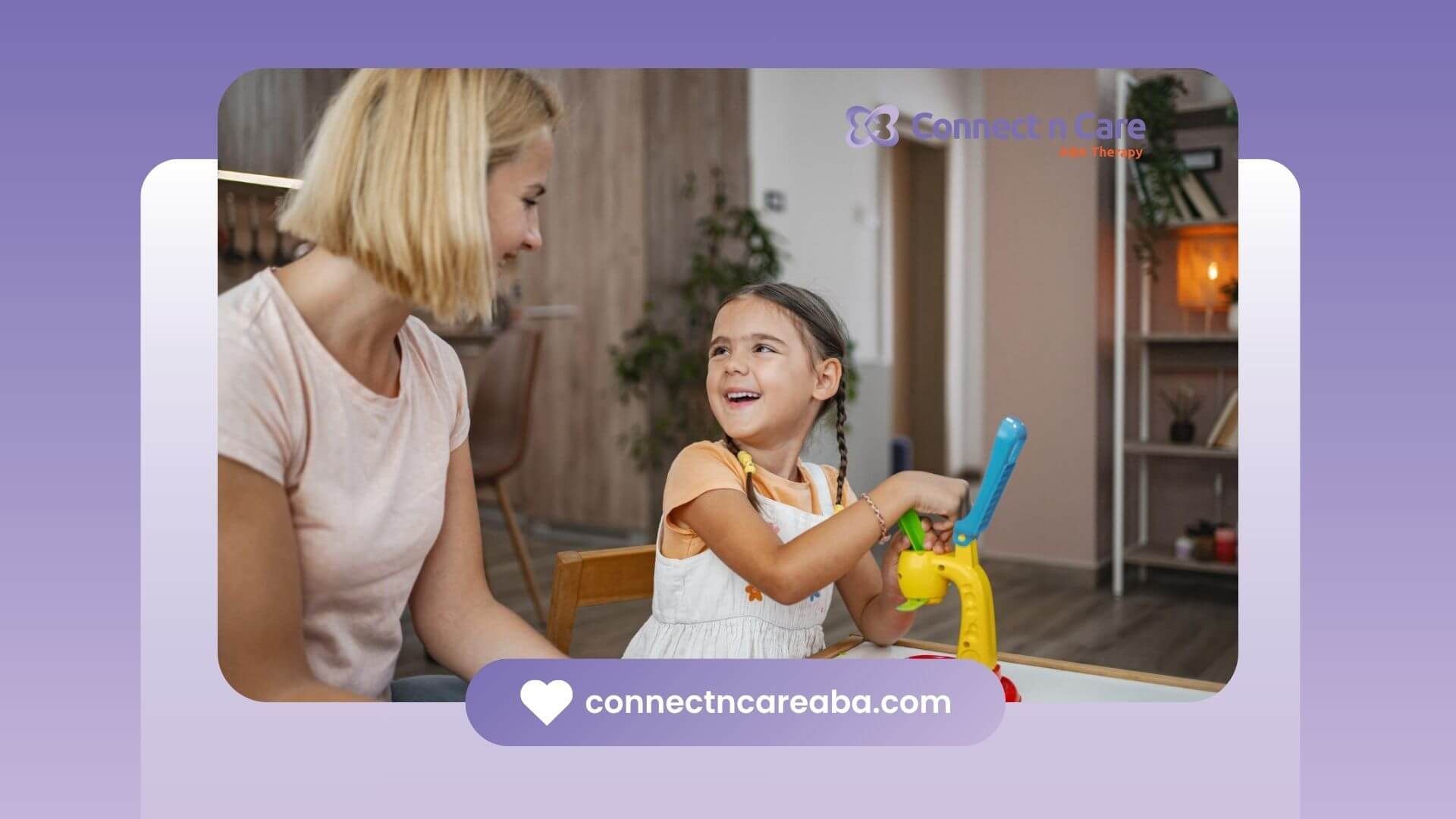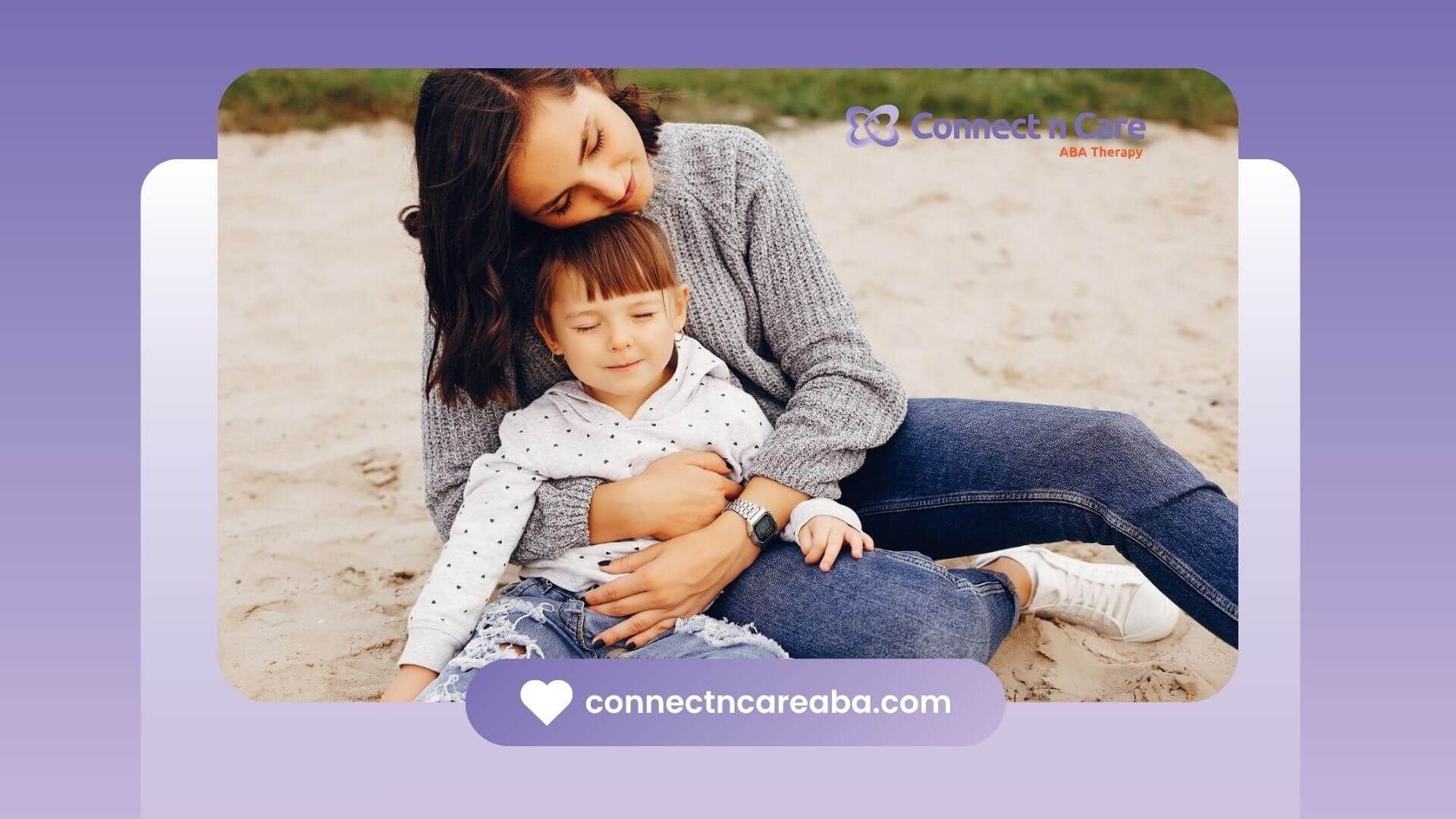The Registered Behavior Technician (RBT) certification is an essential credential for individuals working in the field of Applied Behavior Analysis (ABA). RBTs play a critical role in helping children and individuals with Autism Spectrum Disorder (ASD) and related conditions by implementing behavior intervention plans designed by Board Certified Behavior Analysts (BCBAs). For those pursuing this certification in 2024, understanding the structure of the RBT exam is crucial for effective preparation.
In this article, we’ll cover everything you need to know about the RBT exam, including how many questions are on the exam in 2024, what topics are covered, and how you can best prepare for success. We’ll also answer some frequently asked questions to provide additional insights into the RBT exam process.
What Is the RBT Exam?
The
RBT exam is the final step in obtaining the Registered Behavior Technician certification, which is administered by the Behavior Analyst Certification Board (BACB). This exam assesses the knowledge and skills that RBT candidates have learned through coursework, training, and practical experience. The exam is designed to ensure that RBTs can competently implement behavior intervention plans and support individuals with autism and other developmental disorders.
RBTs work under the supervision of BCBAs or Board Certified Assistant Behavior Analysts (BCaBAs) and are responsible for assisting in the implementation of behavior analytic services. The certification process includes completing 40 hours of training, passing a competency assessment, and successfully passing the RBT exam.
How Many Questions Are on the RBT Exam in 2024?
As of 2024, the RBT exam consists of 85 multiple-choice questions, 10 of which are considered “trial” questions. These trial questions are not scored and are used by the BACB for research purposes to ensure that future exams remain valid and reliable. Therefore, the total number of scored questions on the RBT exam is 75.
Each question is designed to assess the candidate’s understanding of ABA principles and their ability to apply those principles in real-world scenarios. The exam is administered via computer at Pearson VUE testing centers.
What Topics Are Covered on the RBT Exam?
The content of the RBT exam is based on the RBT Task List (2nd edition), which outlines the key areas of knowledge and skills required for an RBT. The exam is divided into several key domains, each representing a different aspect of ABA practice.
Here’s a breakdown of the primary content areas covered in the exam:
Measurement (12% of the exam)
This section focuses on collecting and recording data, which is essential for tracking progress in behavior intervention plans. Candidates must demonstrate an understanding of how to accurately measure behavior, including frequency, duration, and intensity.
Assessment (20% of the exam)
In this section, candidates must show that they can assist with behavior assessments. This involves understanding how to help BCBAs conduct functional behavior assessments (FBAs) and collect data that informs behavior intervention plans.
Skill Acquisition (28% of the exam)
The largest portion of the exam is dedicated to skill acquisition, which involves teaching new behaviors and skills to individuals. Candidates must understand how to implement skill acquisition plans, use reinforcement strategies, and support the individual’s learning.
Behavior Reduction (20% of the exam)
This section tests the candidate’s ability to implement behavior reduction strategies. It covers how to address challenging behaviors by identifying their function and using evidence-based interventions to reduce them.
Documentation and Reporting (10% of the exam)
Proper documentation and reporting are crucial aspects of ABA therapy. Candidates must demonstrate that they can accurately record data, maintain client confidentiality, and follow reporting protocols.
Professional Conduct and Scope of Practice (10% of the exam)
This section covers the ethical responsibilities of RBTs, including professional conduct, client rights, and working within the scope of practice. RBTs must follow the BACB’s ethical guidelines to ensure high standards of care.
How to Prepare for the RBT Exam
Preparing for the RBT exam requires a combination of studying the RBT Task List, reviewing ABA principles, and taking practice exams. Here are some tips to help you prepare:
Study the RBT Task List (2nd edition)
The RBT Task List outlines all the key areas of knowledge and skills that will be tested on the exam. Make sure to thoroughly review each section and understand how to apply ABA principles in practical scenarios.
Take Practice Exams
Practice exams are an excellent way to familiarize yourself with the format of the RBT exam and identify areas where you may need additional study. Many reputable online resources offer RBT practice exams that simulate the actual test environment.
Use Study Guides and Flashcards
Study guides and flashcards can help reinforce your understanding of ABA concepts. Many study resources are available online or through ABA training programs. Using flashcards for key terms and definitions can help you retain information more effectively.
Review Ethical Guidelines
A portion of the exam is dedicated to ethical conduct and professional responsibilities. Review the BACB’s ethical guidelines to ensure you fully understand your role as an RBT and the ethical expectations of your practice.
Seek Supervision and Feedback
If you’re currently working under the supervision of a BCBA, ask for feedback on your understanding of ABA principles and how well you’re applying them. This real-world experience can be invaluable when preparing for the exam.
Conclusion
For aspiring RBTs in 2024, understanding the structure and content of the exam is essential for successful preparation. With 85 multiple-choice questions (including 10 trial questions), the RBT exam assesses your knowledge across various domains of ABA practice, including measurement, behavior reduction, skill acquisition, and ethical conduct.
By familiarizing yourself with the RBT Task List, taking practice exams, and studying key ABA concepts, you can build the confidence and knowledge needed to pass the exam. Whether you’re a parent, professional, or educator, understanding the RBT exam process is crucial for supporting those who wish to pursue a career in ABA therapy and make a positive impact on the lives of individuals with autism.
Frequently Asked Questions
How many questions are on the RBT exam in 2024?
The RBT exam in 2024 consists of 85 multiple-choice questions, but only 75 questions are scored. The remaining 10 questions are trial questions used for research purposes and do not count toward your final score.
What is the passing score for the RBT exam?
The passing score for the RBT exam is determined by the BACB and may vary slightly each year. The exam is scored on a scaled score, and candidates must meet the minimum passing standard set by the BACB to pass.
How long do I have to complete the RBT exam?
Candidates are given 90 minutes to complete the RBT exam. This time limit includes answering all 85 questions.
Is the RBT exam difficult?
The difficulty of the RBT exam depends on your level of preparation. While the exam can be challenging, especially if you are unfamiliar with ABA concepts, thorough study and practice can help increase your chances of passing.
Can I retake the RBT exam if I don’t pass?
Yes, candidates who do not pass the RBT exam can retake it. However, there are specific procedures and waiting periods for retaking the exam, so it’s important to check the BACB’s guidelines for retesting.
How can I register for the RBT exam?
To register for the RBT exam, you must first complete the required 40-hour training, pass the RBT Competency Assessment, and submit your certification application to the BACB. Once your application is approved, you will receive instructions on scheduling the exam at a Pearson VUE testing center.
What should I bring to the RBT exam?
On the day of your exam, bring a government-issued photo ID, such as a driver’s license or passport, to verify your identity. Personal items, such as phones and bags, are typically not allowed in the testing area, so be sure to check the testing center’s rules beforehand.
Can I study for the RBT exam online?
Yes, there are many online resources available to help you prepare for the RBT exam. These include online study guides, flashcards, practice exams, and video tutorials that cover ABA principles and the RBT Task List.









